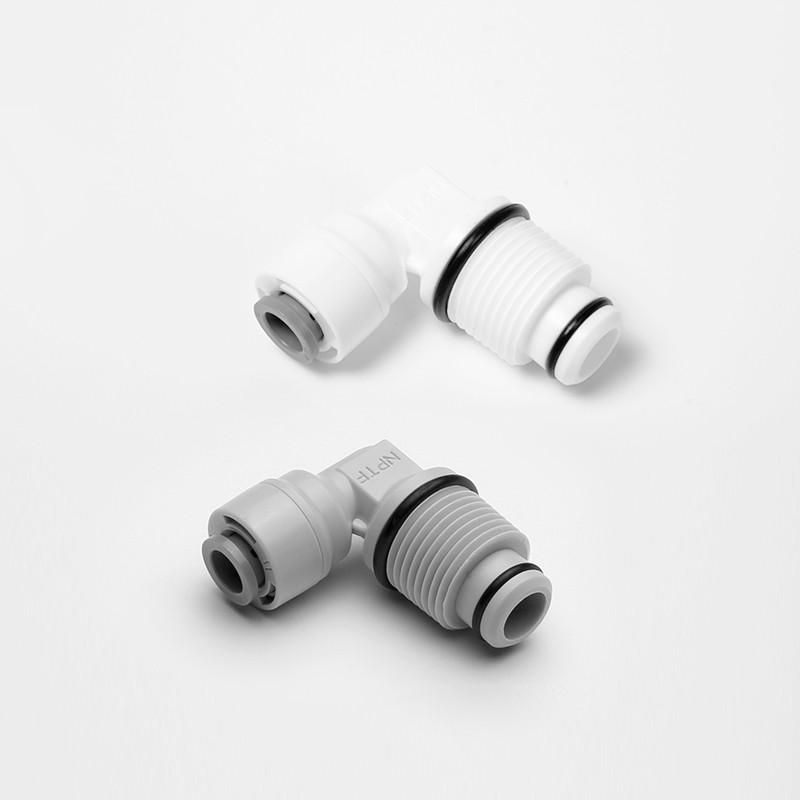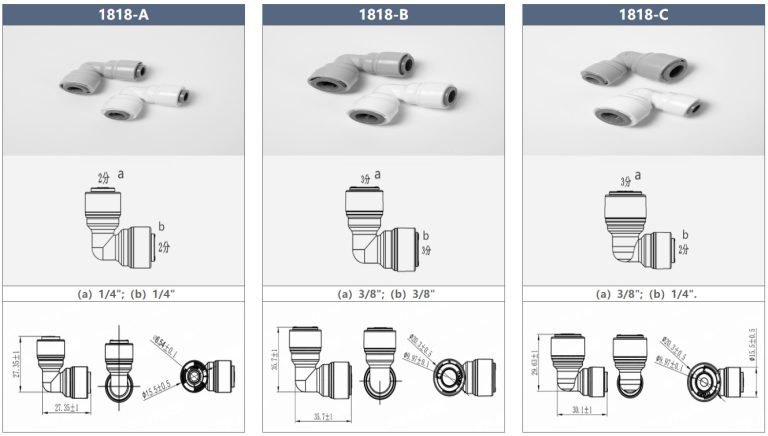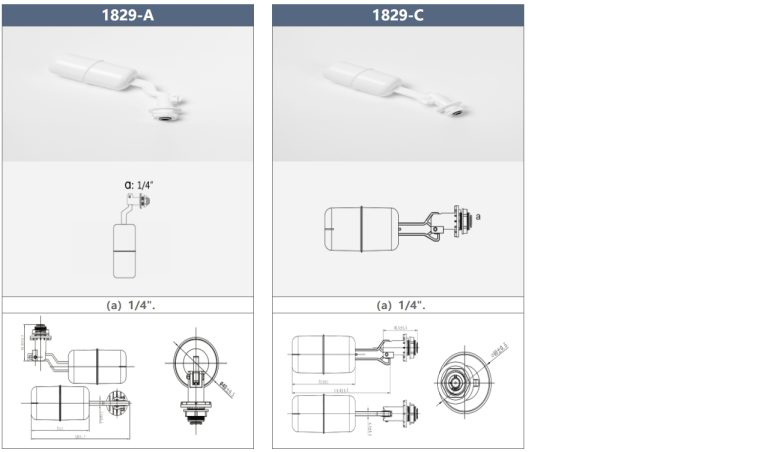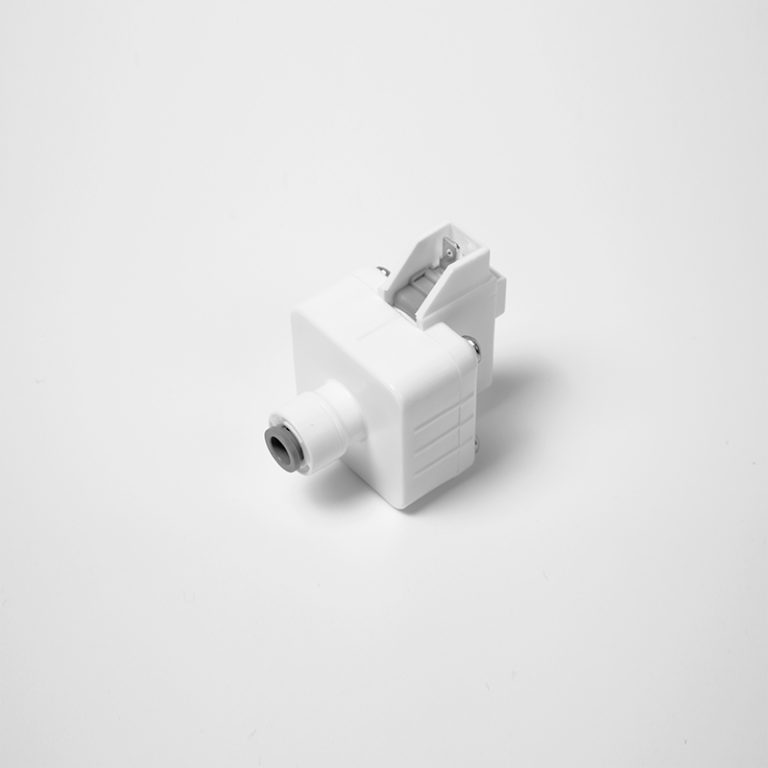“Plastic conduit and fittings: the durable choice for all your electrical needs.”
Table of Contents
Benefits of Using Plastic Conduit and Fittings in Electrical Installations
Plastic conduit and fittings have become increasingly popular in electrical installations due to their numerous benefits. These components offer a cost-effective and versatile solution for protecting and routing electrical wiring in both residential and commercial settings. In this article, we will explore the advantages of using plastic conduit and fittings in electrical installations.
One of the primary benefits of plastic conduit and fittings is their durability. Unlike metal conduits, plastic conduits are resistant to corrosion, rust, and chemical damage. This makes them ideal for use in outdoor or harsh environments where exposure to moisture or chemicals is a concern. Additionally, plastic conduits are lightweight and easy to handle, making them easier to install and transport compared to their metal counterparts.
Another advantage of plastic conduit and fittings is their flexibility. Plastic conduits can be easily bent and shaped to fit around obstacles or corners, allowing for more versatile installation options. This flexibility also makes it easier to route wiring through tight spaces or complex layouts, saving time and effort during the installation process.
In addition to their durability and flexibility, plastic conduit and fittings are also cost-effective. Plastic components are typically less expensive than metal conduits, making them a budget-friendly option for electrical installations. Furthermore, plastic conduits require minimal maintenance and are long-lasting, reducing the need for frequent replacements or repairs.
Plastic conduit and fittings are also non-conductive, providing an added layer of safety in electrical installations. Unlike metal conduits, plastic conduits do not conduct electricity, reducing the risk of electrical shocks or short circuits. This makes plastic conduits a safer option for use in residential and commercial settings where electrical safety is a top priority.
Furthermore, plastic conduit and fittings are available in a variety of sizes and configurations to accommodate different wiring needs. Whether you are installing a single cable or a complex network of wires, there is a plastic conduit and fitting solution to meet your requirements. This versatility makes plastic conduits a popular choice for a wide range of electrical applications.
In conclusion, plastic conduit and fittings offer numerous benefits for electrical installations. Their durability, flexibility, cost-effectiveness, and safety features make them a practical choice for protecting and routing electrical wiring in residential and commercial settings. Whether you are a professional electrician or a DIY enthusiast, plastic conduit and fittings provide a reliable and efficient solution for your electrical needs. Consider using plastic conduit and fittings in your next electrical installation project to experience the advantages firsthand.
How to Properly Install and Maintain Plastic Conduit and Fittings
Plastic conduit and fittings are essential components in electrical installations, providing protection and organization for wires and cables. Proper installation and maintenance of plastic conduit and fittings are crucial to ensure the safety and efficiency of the electrical system. In this article, we will discuss the steps to properly install and maintain plastic conduit and fittings.
When installing plastic conduit and fittings, it is important to first plan the layout of the electrical system. This includes determining the location of outlets, switches, and other electrical devices, as well as the routing of wires and cables. Careful planning will help ensure that the conduit and fittings are installed in the most efficient and effective manner.
Before installing plastic conduit and fittings, it is important to inspect the materials for any defects or damage. Make sure that the conduit and fittings are the correct size and type for the application, and that they meet all relevant safety standards. It is also important to ensure that the conduit and fittings are compatible with the wires and cables being used.
To install plastic conduit and fittings, start by cutting the conduit to the desired length using a hacksaw or pipe cutter. Make sure to deburr the cut ends of the conduit to prevent damage to the wires and cables. Next, insert the wires and cables into the conduit, making sure to leave enough slack for future maintenance and repairs.

Once the wires and cables are in place, connect the conduit and fittings using the appropriate connectors and fasteners. Make sure to secure the conduit and fittings to the wall or ceiling using mounting brackets or straps to prevent them from coming loose. It is also important to seal any openings or joints in the conduit to prevent moisture and debris from entering.
After the plastic conduit and fittings are installed, it is important to regularly inspect and maintain them to ensure their continued performance. This includes checking for any signs of damage or wear, such as cracks, dents, or corrosion. If any damage is found, it should be repaired or replaced immediately to prevent further issues.
In addition to regular inspections, it is also important to clean the plastic conduit and fittings periodically to remove any dirt, dust, or debris that may have accumulated. This can be done using a damp cloth or a mild detergent solution. Avoid using harsh chemicals or abrasive cleaners, as these can damage the plastic material.
| Model | Tube(a) | Stem(b) |
|---|---|---|
| 1801-A | 1/4 | 1/4 |
| 1801-C | 1/4 | 3/34 |
Proper installation and maintenance of plastic conduit and fittings are essential for the safety and efficiency of electrical systems. By following the steps outlined in this article, you can ensure that your plastic conduit and fittings are installed correctly and maintained properly. Remember to always consult with a qualified electrician if you are unsure about any aspect of the installation or maintenance process.




